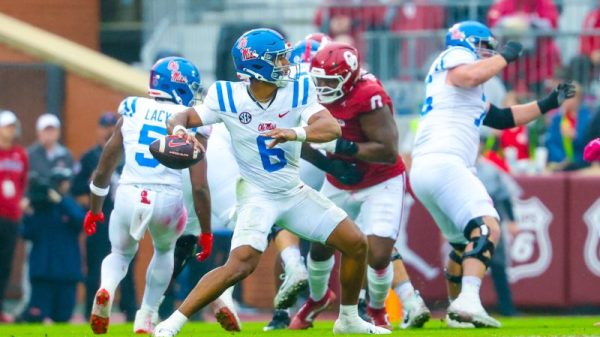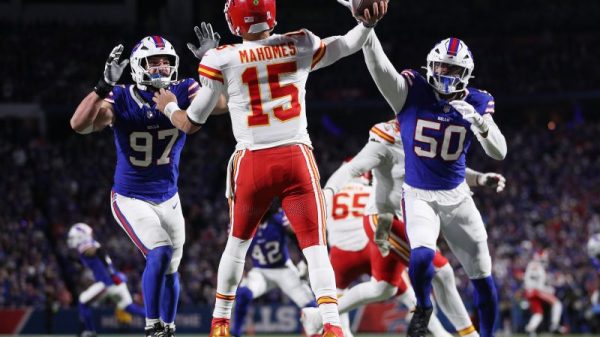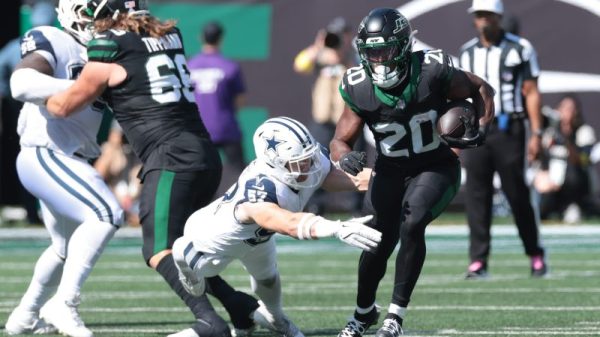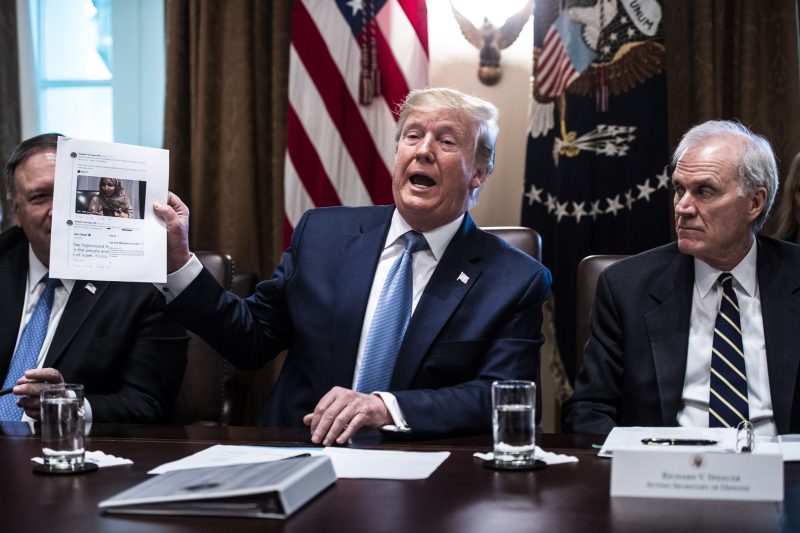Donald Trump’s many legal problems have led to a veritable fire hose of often-mundane, procedural court filings. But occasionally, there’s a nugget that catches your eye.
Such was the case Monday, in the government’s latest filing in Trump’s classified documents case.
While arguing against the motion by Trump’s lawyers to delay the May 20 trial, special counsel Jack Smith’s lawyers assured they’re ready to go and that such a delay isn’t necessary, unsurprisingly. But they also said they are ready to prove something significant that, to this point, has remained shrouded and the subject of much speculation: why Trump allegedly took and kept the documents.
“That the classified materials at issue in this case were taken from the White House and retained at Mar-a-Lago is not in dispute,” Smith’s office said.
It then added that “what is in dispute is how that occurred, why it occurred, what Trump knew, and what Trump intended in retaining them — all issues that the Government will prove at trial primarily with unclassified evidence.”
The government apparently thinks it knows “what Trump intended” with the documents. And it’s signaling that it plans to prove that intent.
This would seem important, not only from a general-interest standpoint but also from a legal one.
Smith’s team might not necessarily need to prove Trump’s intention or his motive in the case. You have documents, you fail to return them when the government comes calling and that’s a crime regardless of why you did it, the argument goes. Trump’s indictment in the case made no direct claims about a potential motive.
But that doesn’t mean proving Trump’s motive wouldn’t be helpful. Indeed, establishing a motive would seem to drive home the intention of Trump’s actions and combat any arguments that this was all a misunderstanding — or that Trump somehow didn’t know what he had (which the government has taken care to undermine).
It’s a lot like Smith’s other indictment of Trump, the Jan. 6 case. In that case, Smith need not necessarily prove that Trump knew that his claims of massive voter fraud were false to demonstrate that Trump broke the law in trying to overturn the election. But it too would be helpful, and Smith’s office has made it abundantly clear that it intends to prove it, devoting 20 out of 45 pages from the indictment to that point.
In each case, the government appears to be signaling that it’s not going to leave stones unturned and that it intends to get into that much-debated space between Trump’s ears.
What that alleged motive could be remains anyone’s guess. But there are some prevailing theories about why Trump might have done it.
One of them — promoted by Trump’s allies — is that he’s a pack rat and that these documents just happened to be mixed in with a bunch of other, less problematic materials that were taken from the White House. But not only is there all kinds of evidence that he took an interest in the boxes and their contents as the government was trying to retrieve them, but the government has said Trump was also involved in packing the materials when he left the White House in January 2021.
Another, somewhat less nefarious explanation would be that he viewed even sensitive materials as something akin to trophies and mementos — his “beautiful mind” materials, in the words of one aide.
Where things could get even hairier for Trump is if the government can demonstrate that he intended to use the documents for some purpose. And at least in one case, the government has gestured toward to a potential purpose.
Perhaps the most significant document in the indictment deals with a plan for attacking Iran, which Trump allegedly showed to a writer and a publisher. A recording of the scene has been made public.
The document and recording are significant because they show Trump acknowledging, in real time, that the document is classified and that he never declassified it — contrary to his public suggestions about the documents. (Trump had also initially said the document didn’t exist and that his talk was mere bravado — before Smith’s team added the actual alleged document to a superseding indictment.)
But they’re also significant because they showed Trump actually apparently using the documents for a purpose: in the service of going after a target of his ire, his chairman of the Joint Chiefs of Staff, Gen. Mark A. Milley.
“I just found, isn’t that amazing?” Trump said in the recording. “This totally wins my case, you know.”
The New Yorker had reported in July 2021 that Milley had feared Trump would start a war with Iran to stay in power; here was Trump, less than a week later, using an allegedly classified document to argue that it was actually Milley who was trigger-happy.
A similar scene was later recounted in Trump White House Chief of Staff Mark Meadows’s book — though the book merely cites Trump having recalled such a document rather than actually showing it off.
Meadows’s book wrote unflatteringly about Milley’s “plan to attack Iran, deploying massive numbers of troops, something he urged President Trump to do more than once during his presidency. President Trump denied those requests every time.”
To the extent Trump used a classified document to go after a critic, that could suggest he saw value in the documents beyond just keeping them or showing them off to burnish his ego.
(Milley has said he never recommended attacking Iran, and such documents are often drawn up as contingencies.)
Whether other evidence points in this direction, we don’t yet know. But Smith’s team has clearly shown an interest in whether Trump used the documents for his personal advantage. In April it subpoenaed information about the dealings of Trump’s businesses with foreign countries, for instance, apparently in search of a possible financial motive. But such a motive wasn’t referenced in Trump’s indictment, and as of November 2022 it hadn’t been established, The Washington Post reported.
Whatever that alleged motive might ultimately be, we’ll apparently learn about it at some point.



























